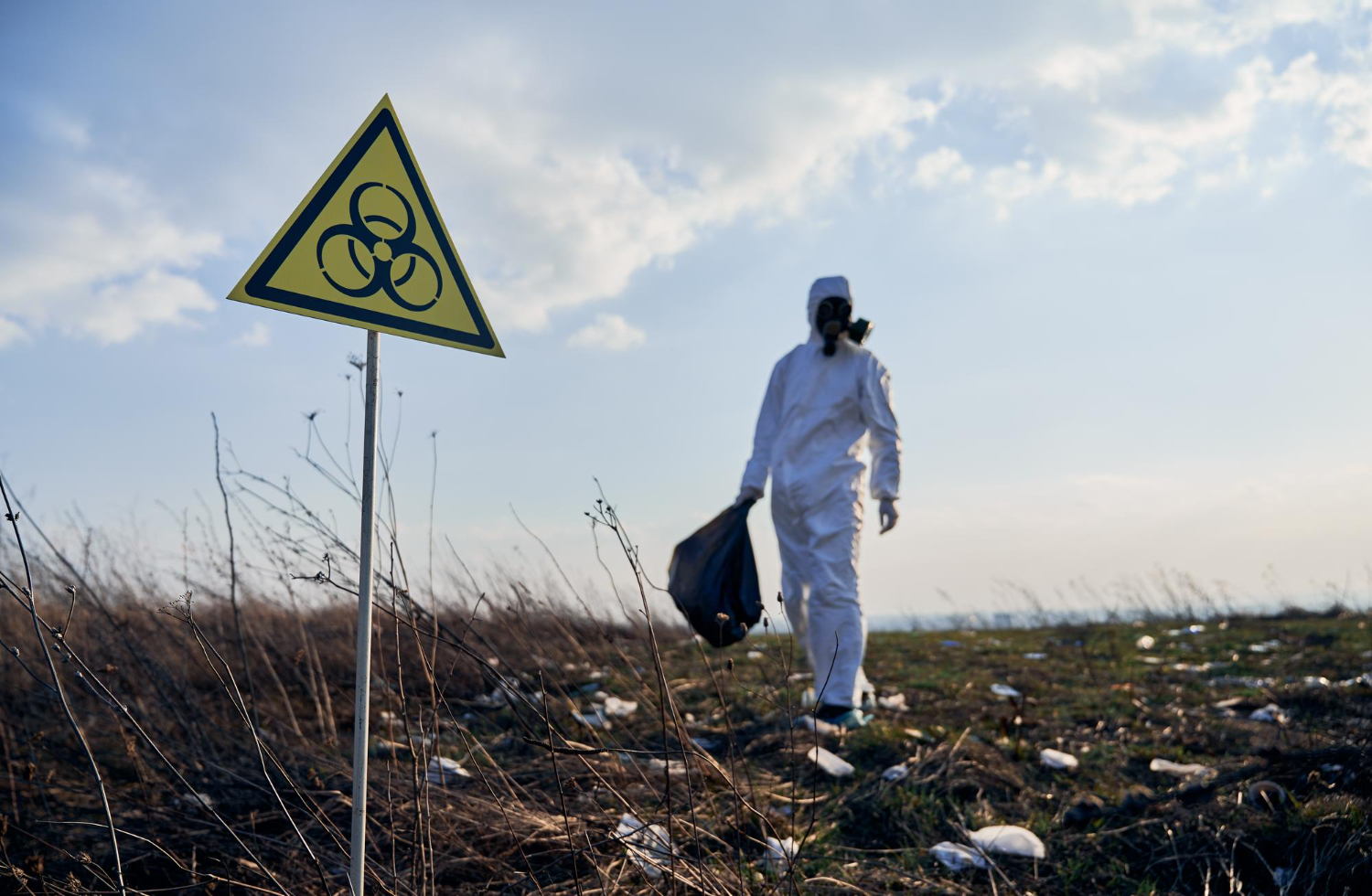Mycotoxins are toxic chemical byproducts produced by certain types of fungi, such as Aspergillus, Fusarium, and Penicillium. These toxins can contaminate food, crops, and even indoor environments, leading to significant health concerns. Prolonged exposure to mycotoxins has been linked to respiratory problems, immune suppression, and even carcinogenic effects. To safeguard both human health and the environment, environmental mycotoxin testing has become an essential practice across industries, agriculture, and homes.
This comprehensive guide will break down what mycotoxins are, why testing matters, the methods available, and how professionals and homeowners alike can approach detection and remediation.
What Are Mycotoxins?
Mycotoxins are secondary metabolites produced by molds. Unlike visible mold spores that can be detected by sight or smell, mycotoxins are invisible to the naked eye and require specialized laboratory testing to confirm their presence. These toxins can accumulate in:
- Food sources: such as grains, nuts, spices, and coffee.
- Building materials: including drywall, wood, and insulation.
- Airborne particles: lingering in poorly ventilated or water-damaged environments.
Their resilience makes them particularly dangerous. Even after mold is cleaned or removed, mycotoxins may persist, causing ongoing health risks.
Why Environmental Mycotoxin Testing Is Essential
Testing for mycotoxins gives more than simply peace of mind; it is vital to public health and safety. Here’s why:
- Health Protection: Prolonged exposure can lead to chronic illnesses, allergic reactions, or neurological issues. Sensitive groups such as children, elderly individuals, and immunocompromised patients face higher risks.
- Agricultural Security: Mycotoxins can devastate crops, reduce yields, and make food products unfit for consumption. Testing helps ensure compliance with food safety regulations.
- Workplace Safety: Employees in environments with hidden mold contamination can suffer productivity losses and health problems, leading to legal and financial consequences for businesses.
- Indoor Air Quality: Modern lifestyles keep us indoors for long hours. Ensuring clean air without hidden toxins is vital for well-being.
Common Types of Mycotoxins
While there are hundreds of known mycotoxins, a few are particularly prevalent and hazardous:
- Aflatoxins: Produced mainly by Aspergillus species, these are highly toxic and carcinogenic, often contaminating peanuts and corn.
- Ochratoxin A: Found in coffee, dried fruits, and cereals, it is harmful to kidneys and may suppress the immune system.
- Trichothecenes: Produced by Fusarium fungi, these toxins affect protein synthesis and can lead to severe immune reactions.
- Zearalenone: Mimics estrogen and can disrupt reproductive health in animals and humans.
Awareness of these common threats emphasizes the importance of comprehensive testing protocols.
Methods of Environmental Mycotoxin Testing
1. Air Sampling
Airborne mycotoxins and spores are collected using specialized pumps and filters. The samples are subsequently tested in a laboratory. This method is effective in detecting contamination in offices, schools, and homes.
2. Surface Sampling
Swab tests or tape lifts are used to collect material from walls, furniture, or HVAC systems. These samples are evaluated for spores from mold and mycotoxin residues.
3. Dust Sampling
Settled dust can harbor toxins over time. By collecting dust samples, experts can detect historical contamination and long-term exposure risks.
4. Food and Crop Testing
Agricultural testing often involves liquid chromatography, mass spectrometry, or enzyme-linked immunosorbent assays (ELISA). These advanced methods detect even trace levels of toxins in food products.
5. Urine or Biological Testing (for Individuals)
In some cases, healthcare providers recommend biological tests to identify whether a person has been exposed to high levels of mycotoxins. This supports both diagnosis and treatment.
Choosing a Professional Testing Service
When selecting a laboratory or inspection company, consider the following:
- Accreditation: Ensure the service is accredited by relevant environmental or food safety authorities.
- Testing Methods: Ask whether they use gold-standard techniques such as ELISA or mass spectrometry.
- Experience: Companies with years of mold and mycotoxin testing experience often provide more reliable insights.
- Reporting: Clear, comprehensive reports that explain findings and recommend next steps are invaluable.
Preventing Mycotoxin Contamination
Testing is only part of the equation—prevention is equally important. Here are proactive measures to reduce risks:
- Maintain Proper Ventilation: Good airflow helps prevent mold growth indoors.
- Control Moisture Levels: Repair leaks, dry wet areas promptly, and use dehumidifiers when needed.
- Inspect Food Storage: Store grains and nuts in dry, cool conditions to minimize fungal growth.
- Regular Inspections: Especially in older or flood-prone buildings, routine inspections help detect early signs of mold.
- Hygiene Practices in Agriculture: Farmers should adopt crop rotation, proper drying, and storage strategies.
The Role of Technology in Mycotoxin Detection
Recent innovations are making environmental mycotoxin testing more accessible and accurate. Portable testing kits, real-time air monitors, and AI-powered analysis platforms are emerging. These tools allow homeowners, businesses, and farmers to detect contamination quickly, reducing reliance on lengthy lab processes.
Technology also ensures regulatory compliance in industries where safety thresholds are strictly enforced. For example, the food and beverage sector increasingly relies on automated detection systems to maintain international trade standards.
Conclusion
Mycotoxins may be invisible, but their effects are undeniable. From threatening food safety to compromising indoor environments, they demand attention. Environmental mycotoxin testing is a vital tool in identifying, mitigating, and preventing these hidden dangers. By understanding what mycotoxins are, the methods of detection, and the steps to prevention, individuals and organizations can take proactive measures to protect health and the environment.
Interestingly, environmental concerns often overlap in unexpected ways. While mycotoxins pose biological risks, topics like cell phone tower radiation effects highlight how chemical, biological, and electromagnetic exposures collectively shape our modern environmental health landscape. Staying informed and proactive ensures a safer, healthier future for all.
